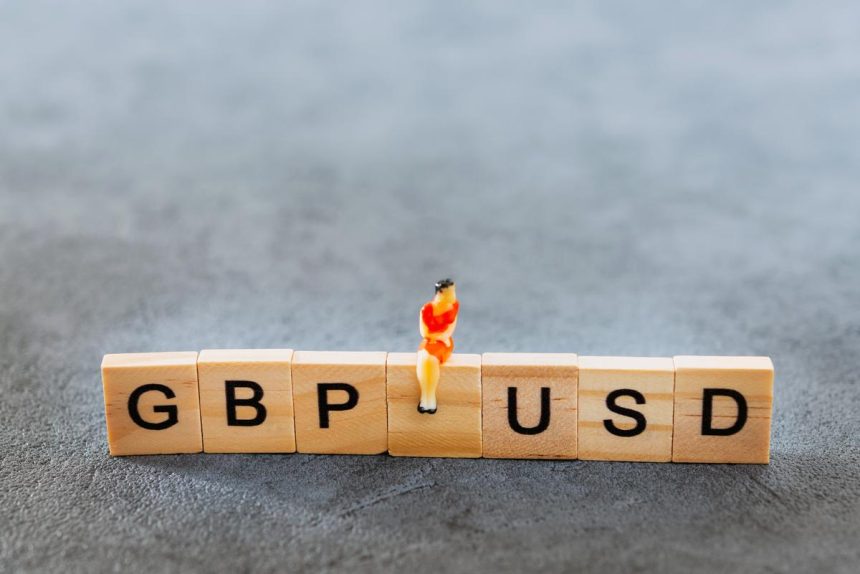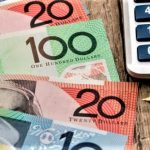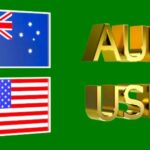GBPUSD remained trapped in a limited trading range during Monday’s Asian session.
The GBPUSD pair fails to generate impetus. On the opening day of a new week, oscillating in a narrow trading zone around 1.2700 during the Asian session. Meanwhile, spot prices have remained below Friday’s swing high. And have struggled to break above the 200-hour Simple Moving Average (SMA).
Bets on future Fed rate rises aid to rekindle USD demand but limiting the major’s upside.
Expectations The Federal Reserve (Fed) will continue to tighten its monetary policies. Which will help the US Dollar (USD) attract buyers. on Monday, which is considered as a significant element acting as a headwind for the GBPUSD pair. Data from the United States released on Friday revealed that the PCE Price Index remains significantly over the Fed’s 2% objective. Supporting the probability of more policy tightening. Indeed, current market pricing implies a roughly 85% likelihood of a 25-basis point increase at the next FOMC policy meeting in July.
Last week, Fed Chair Jerome Powell indicated that borrowing prices may still need to rise by up to 50 basis points by the end of the year. This, in turn, supports rising US Treasury bond rates. Which helps restore USD demand while preventing the GBPUSD pair from capitalizing. On Friday’s excellent performance. from sub-1.2600 levels. However, a generally upbeat tone in the equities markets holds any additional gains for the safe-haven Greenback in check. And should help limit the major’s loss.
Traders may also refrain from putting aggressive bets and instead decide to sit on the sidelines ahead of significant. US macro data due at the start of a new month. The week begins with the publication of the US ISM Manufacturing PMI. Which is scheduled for later in the early North American session. The attention, however, will remain on the FOMC meeting minutes on Wednesday, which will be followed by the much-awaited US monthly jobs data – popularly known as the NFP – on Friday, which will push the USD.
The Bank of England’s relentless tightening fuels recession worries while also acting as a drag for the GBPUSD.
Meanwhile, there are rising fears that The UK economy is in recession, and an unexpected 50 basis point rate hike by the Bank of England (BoE) in June may limit any major gain for the GBPUSD pair. As a result, it is wise to wait for substantial follow-through purchasing before concluding that the recent drop from a 14-month high has run its course and preparing for a further upward advance.









